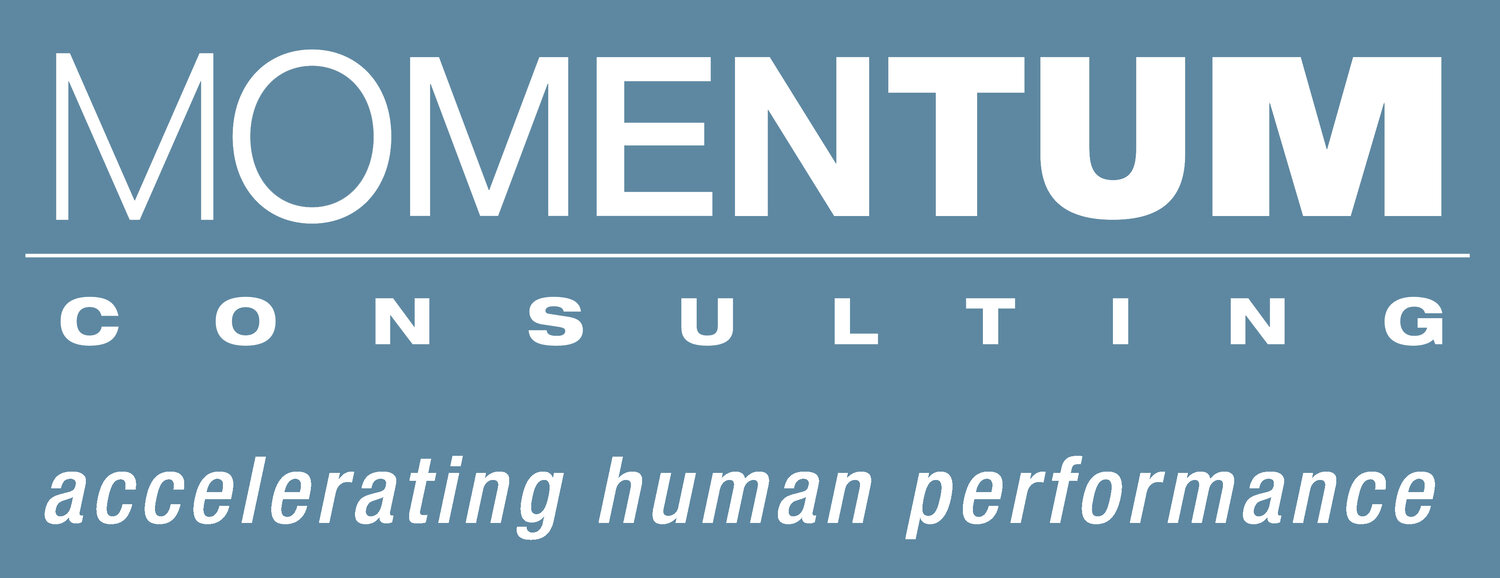Crafting Leadership Excellence
Most high-performing leaders are quite intentional about crafting their leadership style. They may access multiple resources, including books, magazines, news, blogs, and conversations with other leaders to develop their concept of the manager they aspire to be, e.g., inspirational, transactional, collaborative, authoritarian, charismatic, or any number of existing or personally developed hybrid practices.
You have the power to choose your leadership style, but one of the key attributes of all effective leaders is their practice of leading by example. As a leader, people will follow you whether you choose to be intentional about being an example or not.
For instance, you can talk about how important it is for your team to collaborate, but unless you are regularly collaborating with them, the practice will have difficulty taking root. You can insist that meetings start on time, but if you are consistently late, you are evidencing that timeliness is not important in the organization and you are setting the example of tardiness and lack of respect for other’s time. To quote Mahatma Gandhi: “An ounce of practice is worth more than tons of preaching.”
Sadly, there are many cases of leading by poor, and often nefarious, examples. Historically, “Boss” Tweed was the prototype of corruption in his governance of New York City. More recently, Theranos, FTX, Volkswagen, and Wells Fargo have been shown to have illegal and/or unethical practices that started at the top.
Knowing you are constantly being scrutinized, assessed, and followed admittedly puts a lot of pressure on you. Normalizing good practices can help relieve some of that pressure. A few suggestions:
Value your people: Work with HR to create guidelines and practices that respect the personal lives and values of your employees and outline the examples you want everyone to set.
Resolve conflicts: Differing opinions will occur, and they are healthy, to a point. When you resolve conflicts fairly and with respect for both parties, you are setting the tone and expectation for conflict resolution going forward, resulting in fewer disputes that require escalation to your level and setting a standard for others’ behavior.
Listen: If you want your organization to be innovative, start with intentional listening. Creativity and transformation in your organization cannot happen unless people know you and other leaders will listen to their ideas and feel safe proposing them. Again, this is an infectious habit that your team will emulate.
Deliver: Make commitments to your team and do your best to deliver.
There are many other practices that combine to create, teach, and reinforce good leadership. To institutionalize them, many of Momentum’s clients have developed a set of specific fundamental behaviors for everyone in the company and consistently reinforce and review adherence to those behaviors.
It’s not only up to you, but up to leaders at every level in the company to set an example, and you can work together to do so.
I would very much appreciate hearing from you about leadership examples, both positive and negative. I personally did not understand how to manage people well until I had an excellent manager myself and then modeled my style on hers. Send me your stories!
“Leadership is not a position or a title; it’s action and example.”
- Cory Booker
Kind regards,
Tracey
Fundamental of the Week #21: LEAD BY EXAMPLE
The best way to influence others is to be the change you want to see. Bring a calming presence. Your authentic expression helps others shine.
Momentum Consulting offers executive business coaching, top-level executive consulting, team training, and team off-sites to build and transform your business to the next level. Inquire about business consulting and leadership coaching today.


